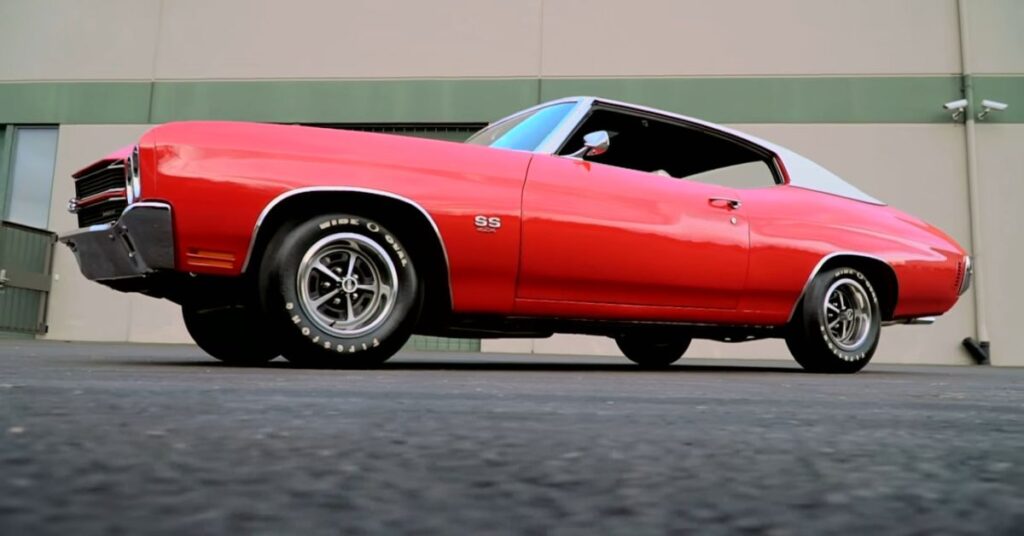In the world of classic muscle cars, few vehicles can match the raw power and iconic status of the 1970 Chevelle SS LS-6 454. This red-hot beauty from the Brothers Collection has become a symbol of American muscle, capturing the hearts of car enthusiasts around the globe. In this episode of Muscle Car of the Week, we delve into the mesmerizing details of this legendary automobile and explore its enduring appeal. Buckle up and get ready for an exhilarating ride!
A Peak Year for Muscle Cars
In 1970, the first generation of muscle cars reached its zenith, representing an era characterized by high power and exhilarating performance. During this time, automotive enthusiasts found immense joy in the sheer raw horsepower these vehicles offered. The market was filled with iconic models like the Chevrolet Camaro, Ford Mustang, and Dodge Charger, each vying for dominance and pushing the boundaries of speed and acceleration. With their aggressive styling and roaring engines, muscle cars became a symbol of American automotive ingenuity and a source of pride for their owners.
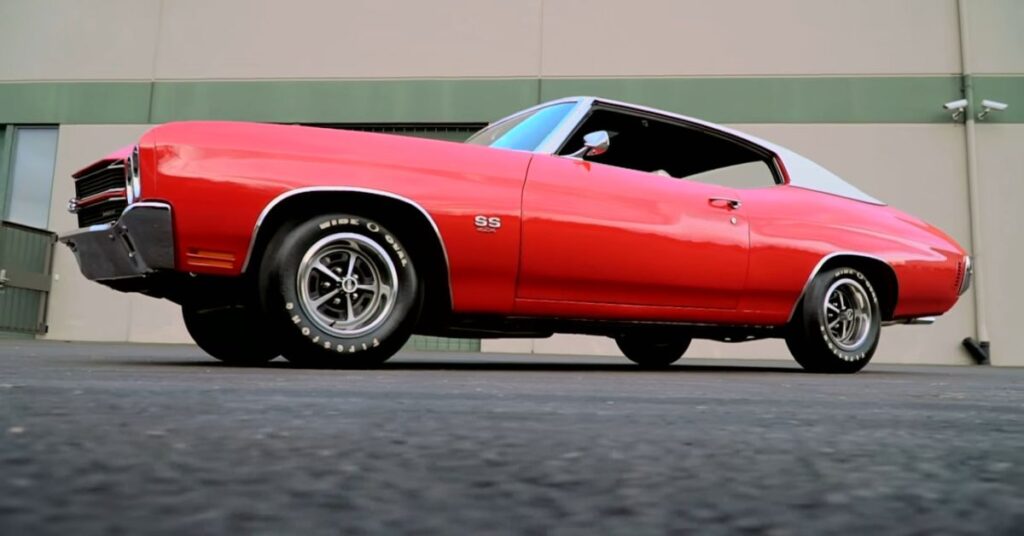
However, the landscape of the automotive industry began to shift rapidly as the 1970s progressed. Increasing concerns over emissions and fuel efficiency led to the implementation of stringent regulations. Muscle cars, notorious for their gas-guzzling engines, struggled to comply with these new standards. Automakers were forced to make modifications to their engines and exhaust systems, resulting in reduced power outputs and a decline in performance. These changes, combined with skyrocketing insurance premiums for high-performance vehicles, cast a shadow of uncertainty over the future of muscle cars.
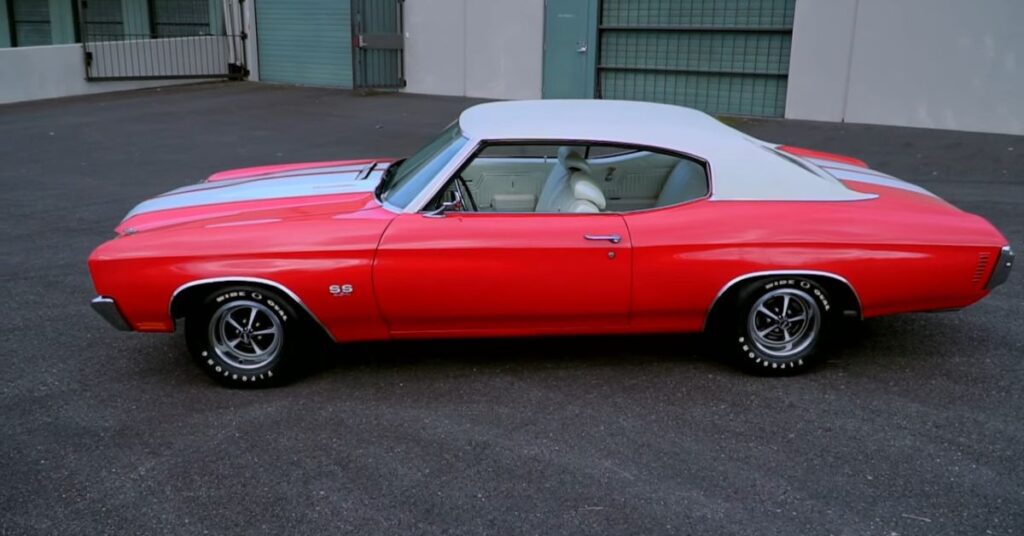
Despite the challenges they faced, muscle cars managed to adapt and evolve. As the 1970s gave way to the 1980s, a new generation of performance vehicles emerged, incorporating advancements in technology and design. The introduction of fuel injection systems, turbocharging, and aerodynamic enhancements allowed for improved efficiency without sacrificing power. Although they may not have possessed the same brute force as their predecessors, these second-generation muscle cars demonstrated that performance and environmental responsibility could coexist.
The LS-6 Shines
The 1970 Chevelle LS-6 454 roared onto the scene, captivating car aficionados with its aggressive design and blistering performance. This beast of a machine featured a high-compression 454 cubic inch LS-6 V8 engine, delivering an astounding 450 horsepower. Its sheer power made it one of the most formidable muscle cars of its time.
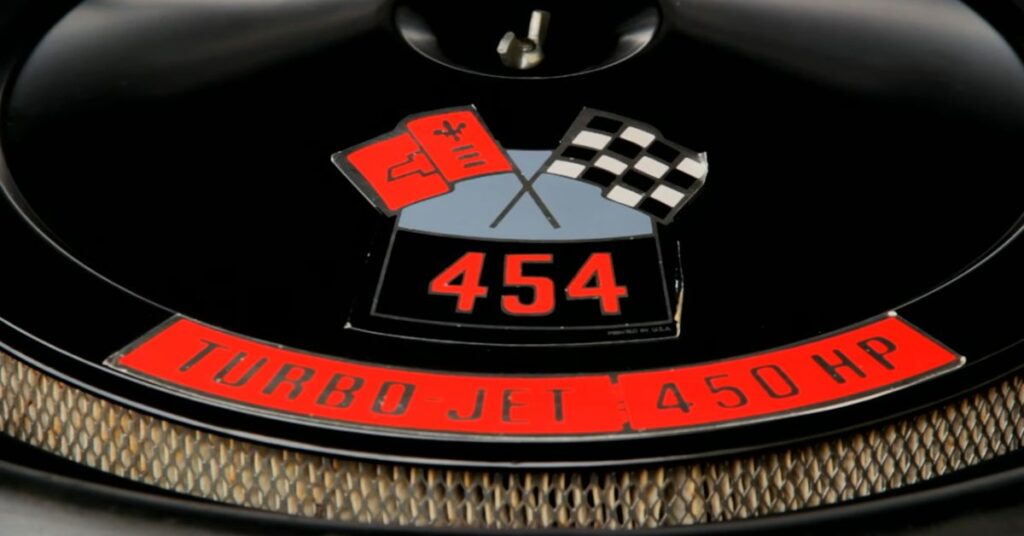
Hot Rod Magazine’s May 1970 issue captured the essence of the era, expressing concerns about the impending doom facing muscle cars like the LS-6 Chevelle. Despite the gloomy predictions, the magazine reveled in the LS-6’s performance, highlighting its extraordinary capabilities. Writer John Diana achieved a remarkable quarter-mile run of 13.34 seconds at 108 miles per hour in a stock LS-6 SS. The LS-6 proved its dominance on the drag strip, leaving no doubt about its exceptional power.
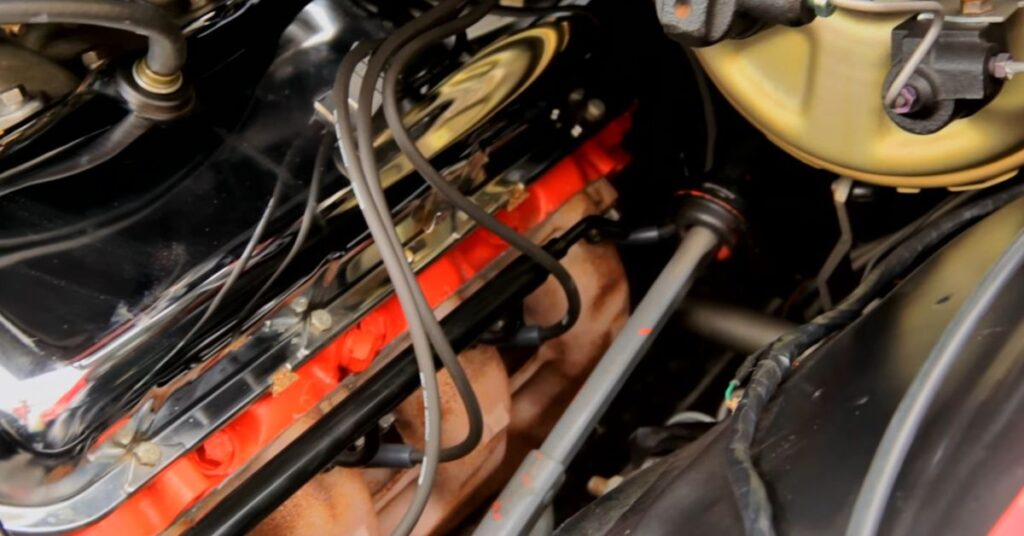
The LS-6’s performance can be attributed to its meticulously crafted components. It boasted a Holley carburetor, an aluminum intake manifold, a solid lifter camshaft, and 1.7 ratio rocker arms. While the stock header life manifolds sufficed, the LS-6 truly came alive with headers and open exhaust. Its heart and soul resided in a 454 cubic inch engine, generating a jaw-dropping 500 pound-feet of torque at just 3,600 rpm. To handle the brute force, a Muncie M22 4-speed manual transmission and a heavy-duty clutch were employed, ensuring a seamless power delivery.
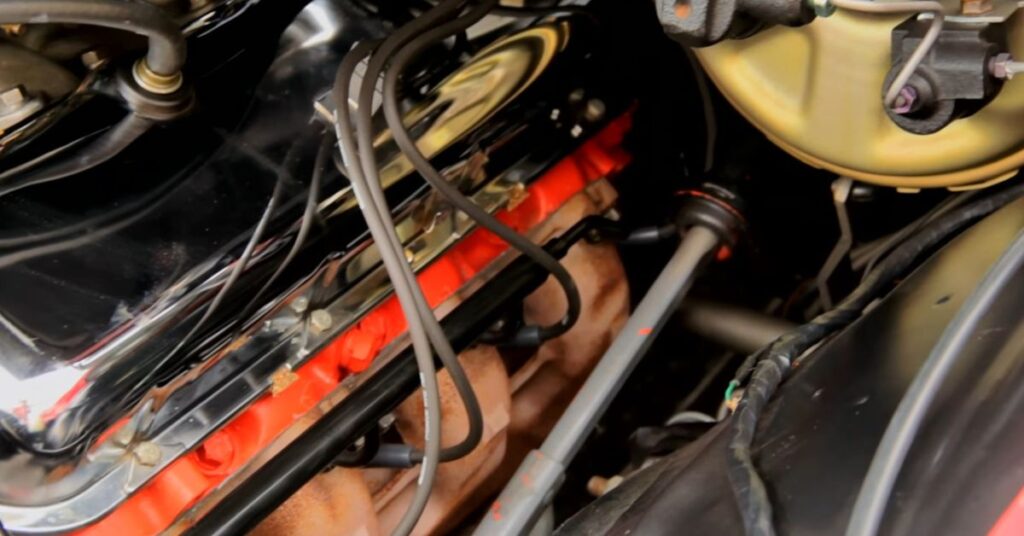
Style and Comfort
The exterior design of a vehicle plays a crucial role in shaping its overall identity and appeal. From sleek curves to bold lines, every element of the exterior contributes to the visual impact and character of the vehicle. The front fascia of a car often serves as its face, leaving a lasting first impression. The headlights, grille, and bumper design work together to create a distinct look. Whether it’s a sleek and aerodynamic design or a more aggressive and muscular appearance, the front fascia sets the tone for the entire vehicle. Attention to detail in elements like the shape and arrangement of the headlights can give a vehicle a unique and recognizable identity.
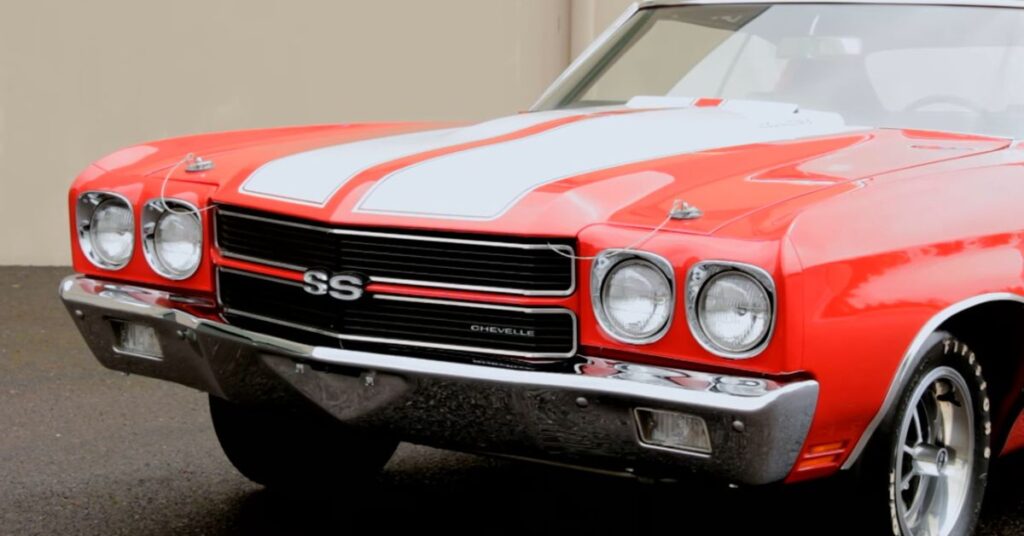
Moving along the sides of the vehicle, the exterior design continues to captivate. The body lines and contours can create an impression of motion even when the car is standing still. These lines can be subtle and elegant, flowing gracefully from the front to the rear, or they can be sharp and angular, adding a dynamic and aggressive touch. Additionally, the placement and design of the side mirrors, door handles, and wheel arches all contribute to the overall aesthetic and functionality of the vehicle’s exterior.
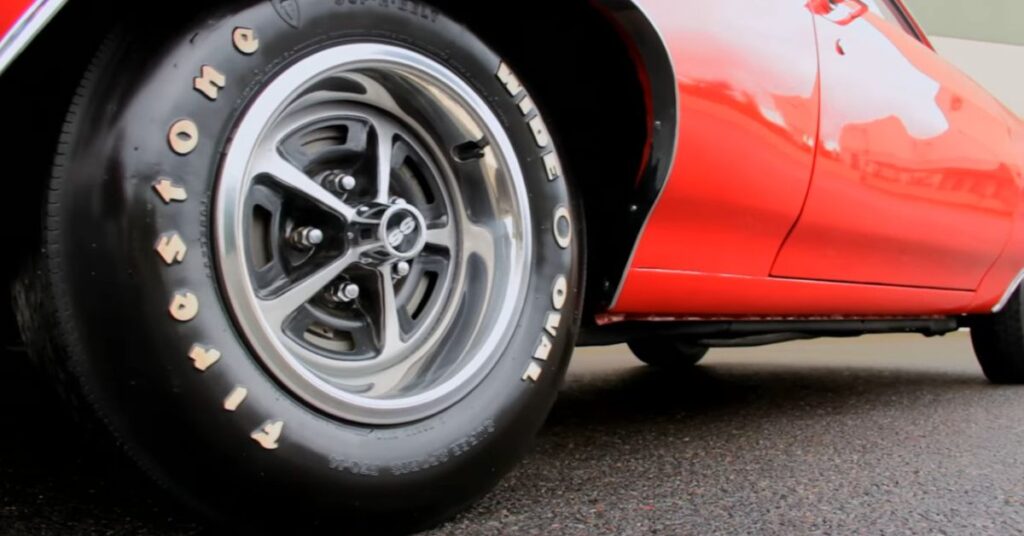
The rear end of a vehicle is where its character truly shines. The taillights and rear bumper design often define the vehicle’s personality and can be an iconic element. Whether it’s a sleek and modern design with integrated LED lights or a more classic and retro-inspired look, the rear end completes the overall visual package. The placement and design of the exhaust system, rear spoiler, and diffuser can also add a sporty and performance-oriented touch to the exterior design.
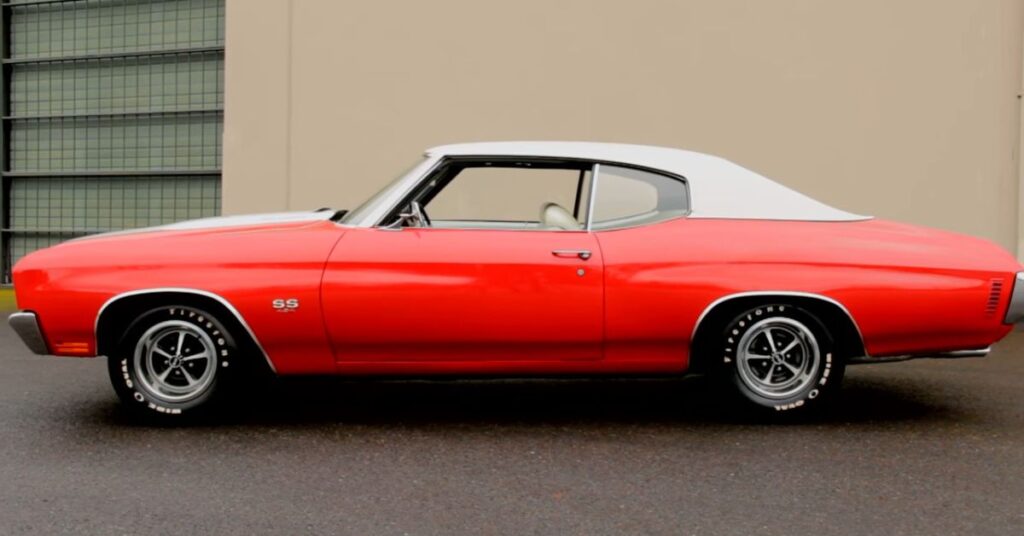
In recent years, advancements in technology have allowed for more innovative and futuristic exterior design features. From frameless doors to panoramic glass roofs, these elements enhance both the visual appeal and functionality of the vehicle. Additionally, the use of lightweight materials, such as carbon fiber, not only contributes to better fuel efficiency but also allows for more creative and striking exterior designs.
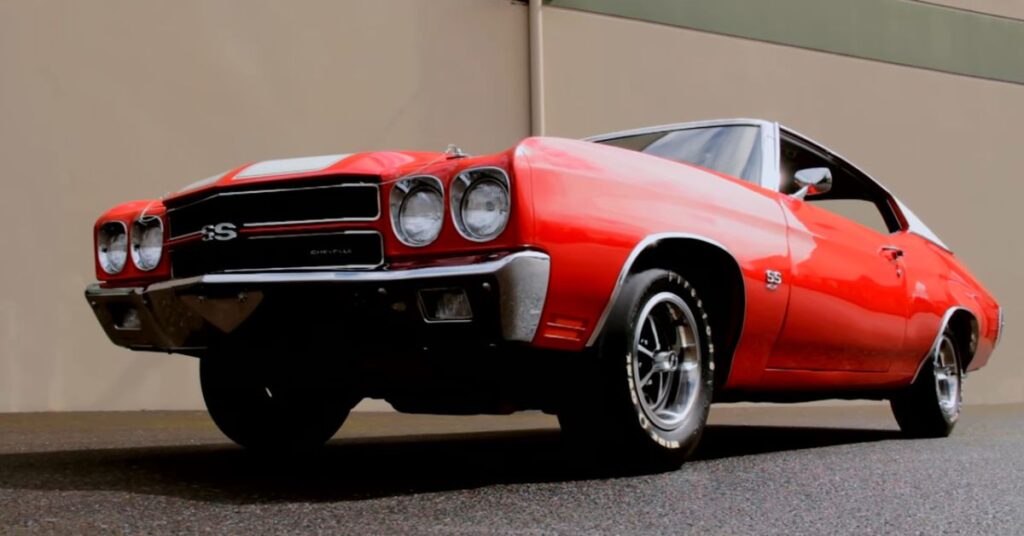
In conclusion, the exterior design of a vehicle is a crucial aspect that shapes its identity and appeal. From the front fascia to the rear end, every detail contributes to the overall visual impact. The design elements, such as body lines, lights, and other exterior features, work together to create a vehicle that is not only visually striking but also functional and in harmony with its intended purpose. The exterior design of a vehicle is a reflection of its personality and can leave a lasting impression on those who encounter it.
The undercarriage
The undercarriage of a vehicle is often overlooked, but it houses essential components that contribute to its performance and functionality. One crucial aspect is the suspension system, which absorbs shocks and vibrations, providing a smooth and comfortable ride while improving traction and handling. Additionally, the undercarriage is home to the exhaust system, responsible for directing exhaust gases away from the engine, reducing noise, and optimizing engine performance.
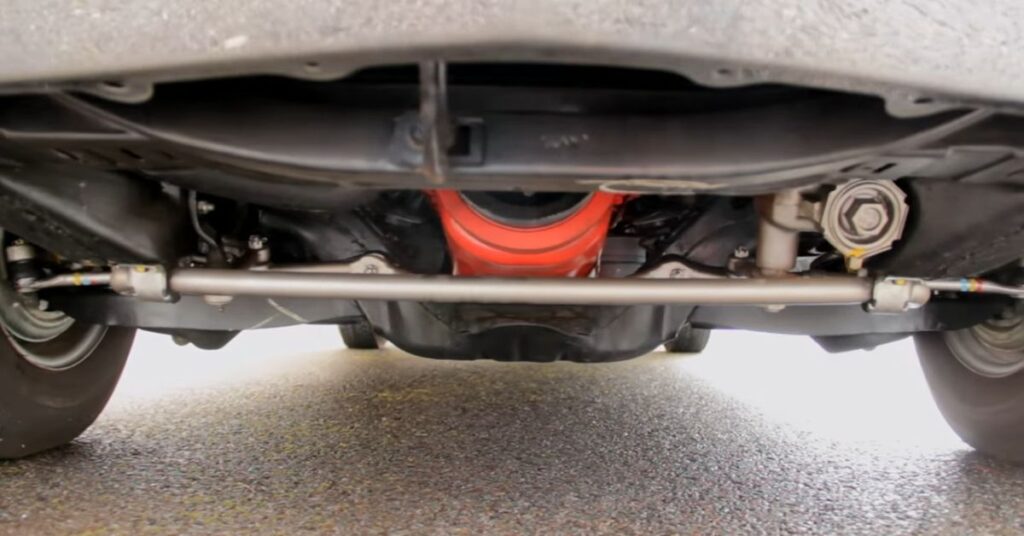
Other vital components found under the vehicle include the fuel tank, drivetrain, and transmission. The fuel tank stores the vehicle’s fuel supply, while the drivetrain transfers power from the engine to the wheels, enabling movement. The transmission allows for smooth shifting of gears, ensuring optimal performance and efficiency. These components are strategically positioned and engineered to provide balance, stability, and power to the vehicle.
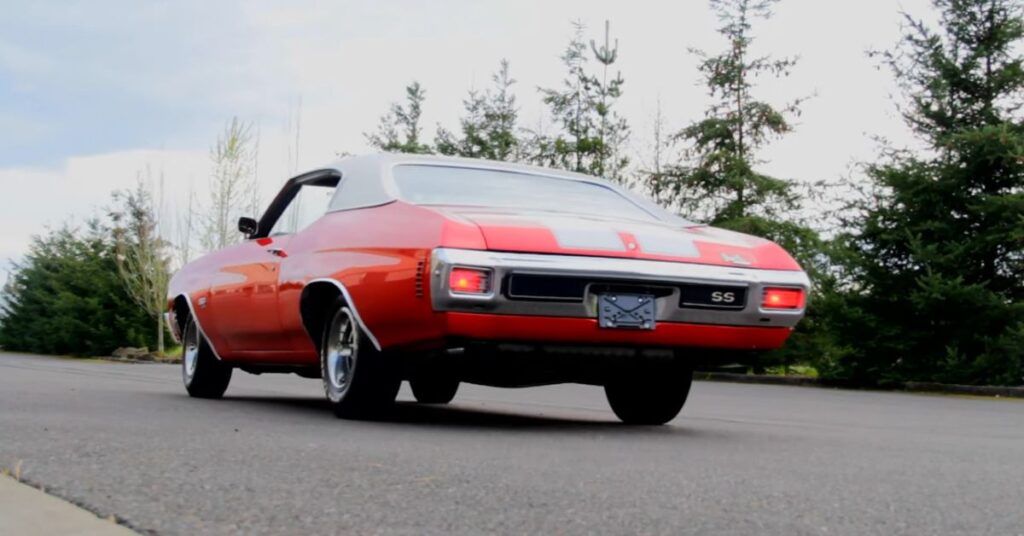
Overall, while hidden from view, the undercarriage of a vehicle plays a crucial role in its overall performance, comfort, and efficiency. From the suspension system to the exhaust system, as well as the fuel tank, drivetrain, and transmission, these undercarriage components work together to ensure a smooth and enjoyable driving experience.
Conclusion
The 1970 Chevelle SS LS-6 454 stands as a testament to the golden age of American muscle cars. Its powerful LS-6 engine, captivating design, and remarkable performance make it an everlasting icon in the hearts of car enthusiasts. Whether roaring down the drag strip or cruising down the street, this legendary muscle car never fails to turn heads and ignite the imagination.
